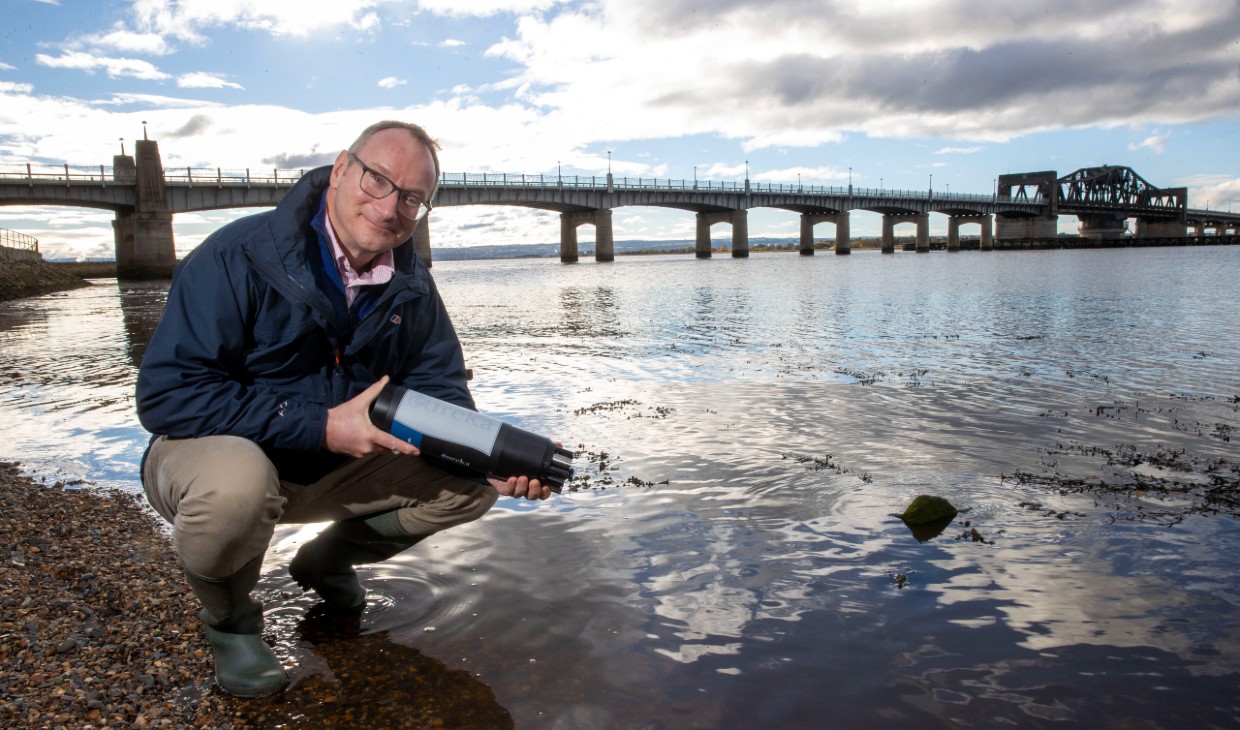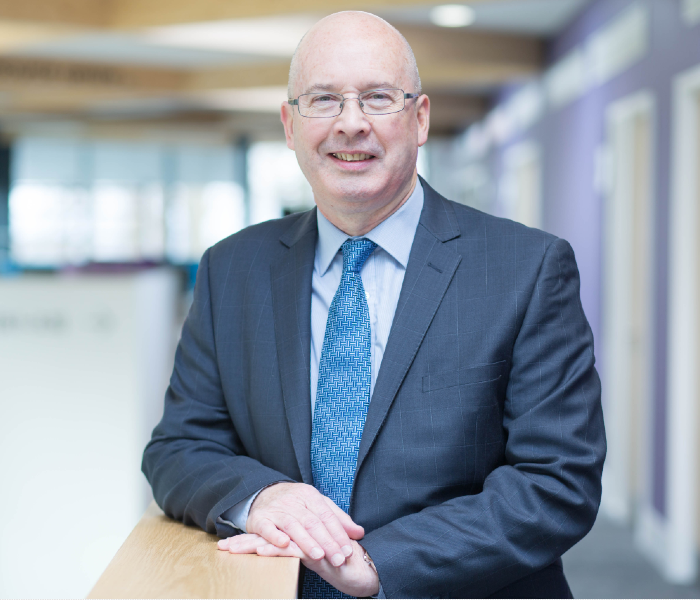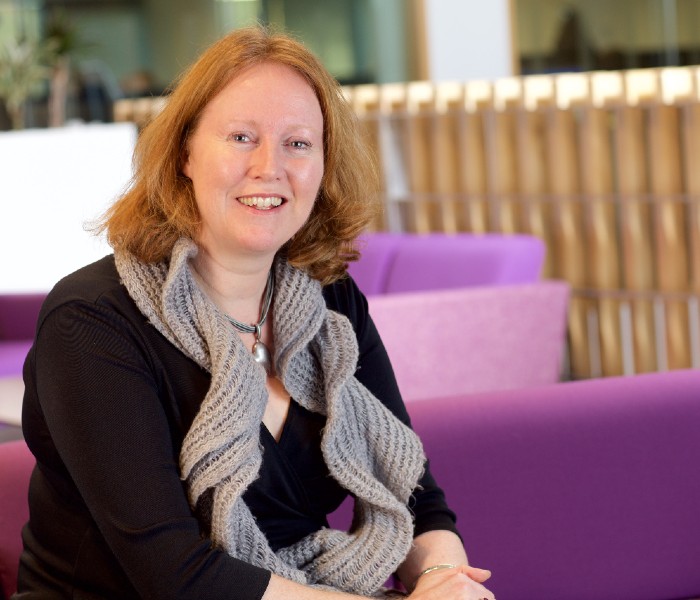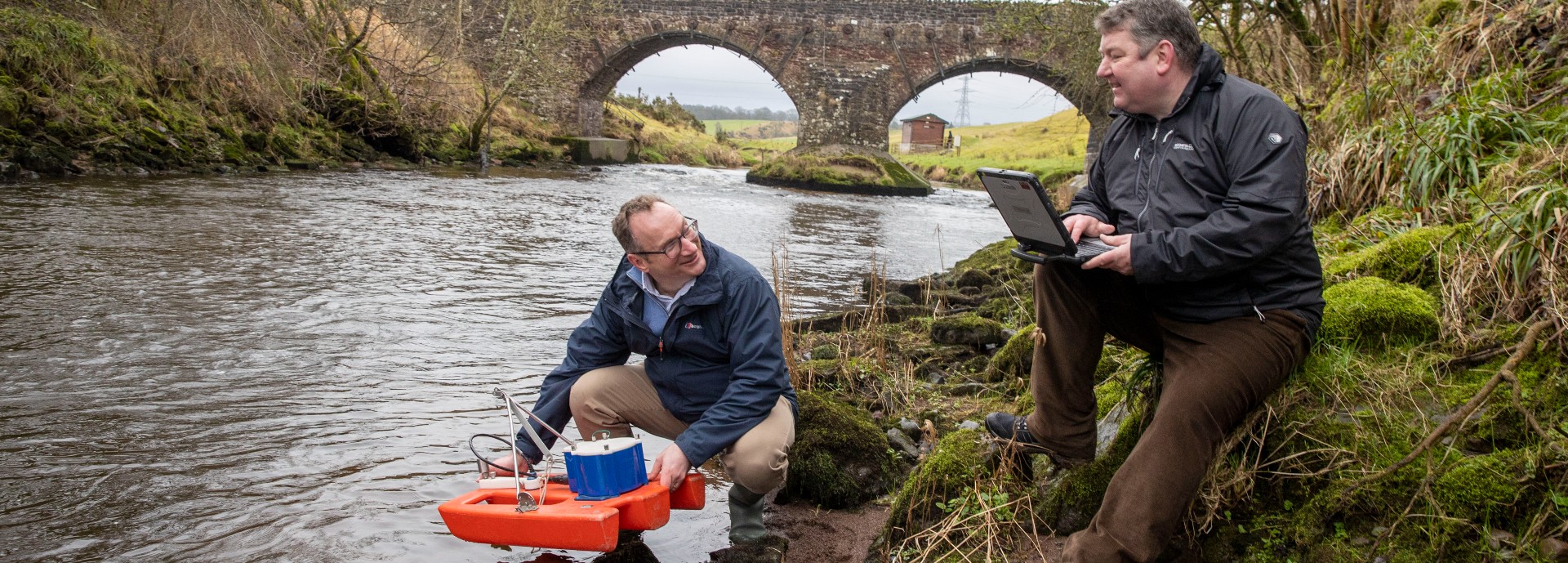Enhanced environmental monitoring will support Scotland’s journey to net zero and beyond, thanks to a new partnership between the University of Stirling and the Scottish Environment Protection Agency (SEPA).
The Sustainable Growth Agreement (SGA), signed today (Friday, January 28), will enable the scaling up of Stirling’s state-of -the-art environmental monitoring of the Firth of Forth catchment to support nationwide objectives; creating a dashboard that can provide hyper-local, real-time flood data and forecasting, for example.
The partnership will also provide open data on the performance and benefits of a range of environmental interventions and nature-based solutions, such as peatland restoration, tree planting, carbon offsetting or improved water management. This will ultimately enable communities, local authorities, policy makers and emergency response units to make better-informed decisions, creating jobs and new infrastructures for a net zero economy.

Professor Andrew Tyler with multi-sensor monitoring equipment
The University of Stirling’s recently launched Forth Environmental Resilience Array (Forth ERA) combines sensors, satellites, artificial intelligence and digital fabric, such as 5G, to monitor the Firth of Forth catchment in near and real time.
Combined and expanded with SEPA’s sophisticated flood and drought forecasting, as well as hyper-local data from communities, individuals and social media, the resulting nationwide data will increase Scotland’s resilience to extreme weather events.
Combining expertise for nature-based solutions
Academic lead of Forth-ERA and Scotland’s Hydro Nation Chair, Professor Andrew Tyler, said: “We will enhance SEPA’s already sophisticated modelling by bringing in satellites to more accurately measure the levels of moisture in soil, for example, allowing us to predict more accurately the likelihood of a flood or water scarcity.
“The data we collect will enable us to develop nature-based solutions that invest in our natural capital, such as peatland restoration, to better regulate the water in our environment in times of both flood and drought.”
-Professor-Andrew-Tyler-of-UoS-and-SEPA's-Michael-Cranston-(R)-text-pic(1).jpg)
Professor Andrew Tyler and Michael Cranston with a rain gauge at Kinbuck
Flood forecasting lead at SEPA, Michael Cranston, said: “This partnership will allow us to create a new, national platform that can be shared with local authorities, the police and communities, both to improve the data itself and to facilitate better action planning, ultimately reducing the impact of flooding. It allows SEPA and the University of Stirling to tap into each others’ expertise, improving the information we both hold and making it available to others.”
The SGA is the first agreement signed under Scotland’s International Environment Centre (SIEC), established as part of the Stirling and Clackmannanshire City Region Deal and led by the University of Stirling. The SGA sets out how both partners will work together on a variety of ambitious projects to explore how combining expertise, sharing resources and reducing duplication can maximise outcomes and help deliver a just transition to net zero.
Projects include the Leven Programme, led by SEPA, which brought together organisations from the public, private and third sectors to restore the River Leven, and is now becoming a catchment-wide community regeneration programme. The University of Stirling will contribute Forth ERA technology and expertise to enhance water monitoring of the Leven, and will contribute to the development of a net zero regulatory hub at Grangemouth.

Senior Deputy Principal
As the SIEC’s first signed agreement, the partnership between the University of Stirling and SEPA will co-create solutions that will not only benefit the regional environment and economy of the Forth Valley, but provide an exemplar for the rest of Scotland, and beyond.
Professor Malcolm MacLeod, Senior Deputy Principal of the University of Stirling, said: “Scotland’s International Environment Centre (SIEC) brings together a broad spectrum of academic researchers, talented students and external partners from industry, government, and regional stakeholders, including communities and the third sector. This innovation community will enable new methods of collaboration to deliver sustainable, inclusive growth.
“As the SIEC’s first signed agreement, the partnership between the University of Stirling and SEPA will co-create solutions that will not only benefit the regional environment and economy of the Forth Valley, but provide an exemplar for the rest of Scotland, and beyond.
“In particular, the new, collaborative approaches to the capture and use of data in modelling and decision making will break new ground in developing intelligent, evidence-based interventions to support a just transition to net zero in Scotland.”

Acting CEO of SEPA
The scale of the environmental challenge is significant, with a real urgency to act but globally we’ve often seen too much talk and too little action. Big problems need big ambition and that’s why Scotland really needs new ideas, new investment and new approaches.
Jo Green, Acting CEO of SEPA, said: “From extreme weather, frequent flash floods and sea level rise to forest fires and water scarcity, Scots today are living through a double whammy of climate and nature emergencies. The scale of the environmental challenge is significant, with a real urgency to act but globally we’ve often seen too much talk and too little action. Big problems need big ambition and that’s why Scotland really needs new ideas, new investment and new approaches.
“By working collaboratively and combining our regulatory, digital and scientific expertise, SEPA and The University of Stirling will help create innovative solutions that are scalable and replicable for Scotland and beyond. In SEPA we know that solving the problems of the future need strong partnership working – involving communities, public agencies, businesses and academia.
“Good data is crucial for making informed decisions, from helping businesses to reach and go beyond compliance to building the conditions that communities need to live well locally. This includes through a place-based approach to needs, services and investment opportunities. The work we do as part of this Sustainable Growth Agreement will result in better outcomes for the environment, the economy and society.”

